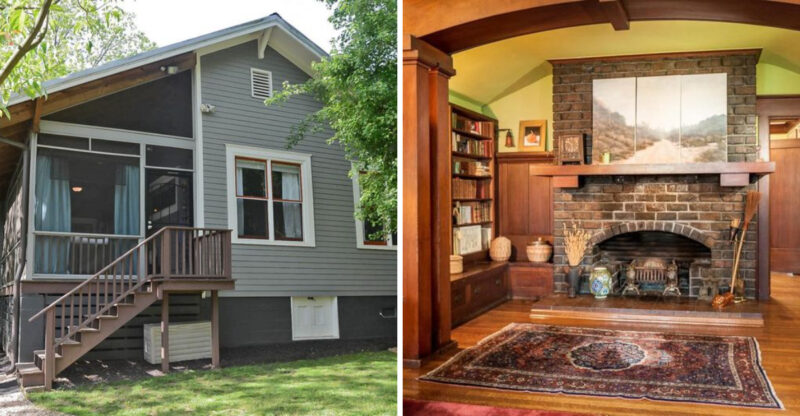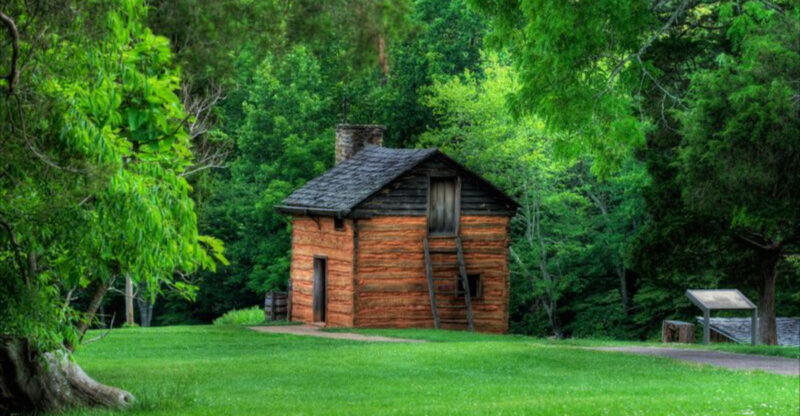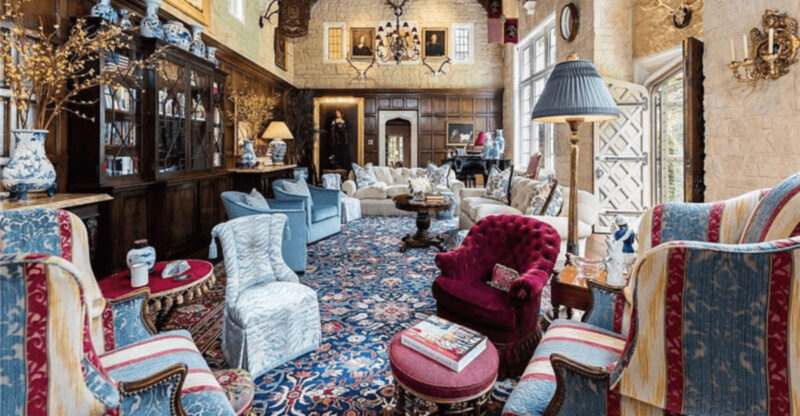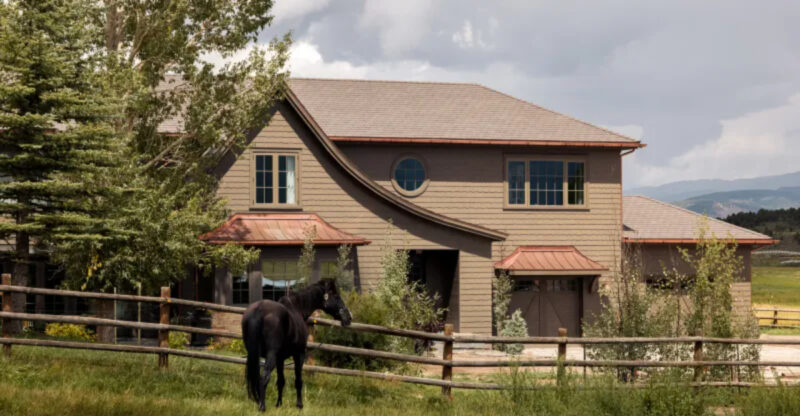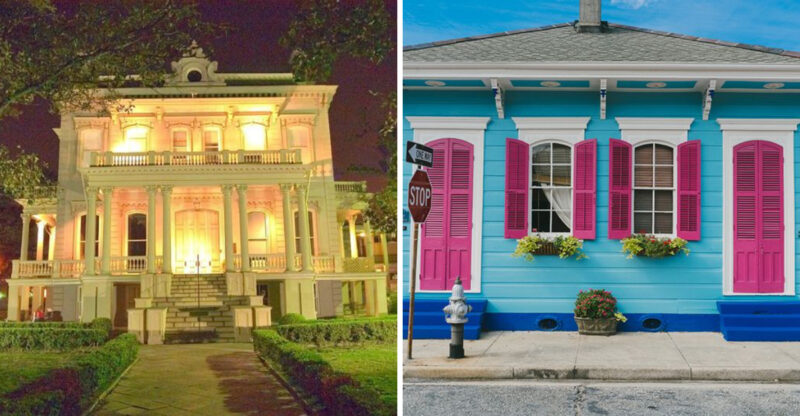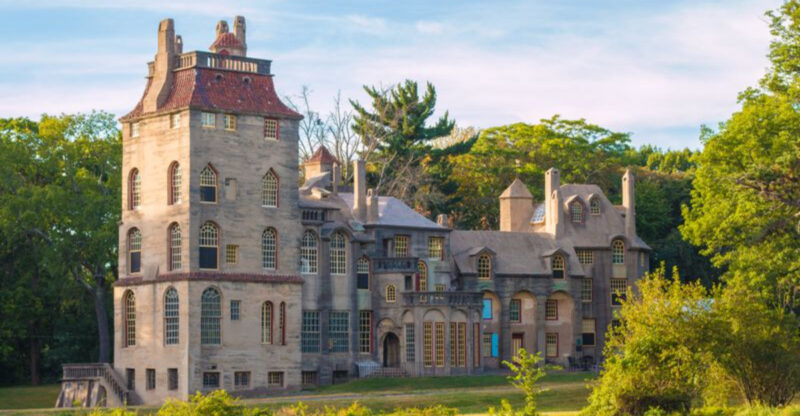12 Auto Tycoon Mansions That Drove America’s Industrial Age
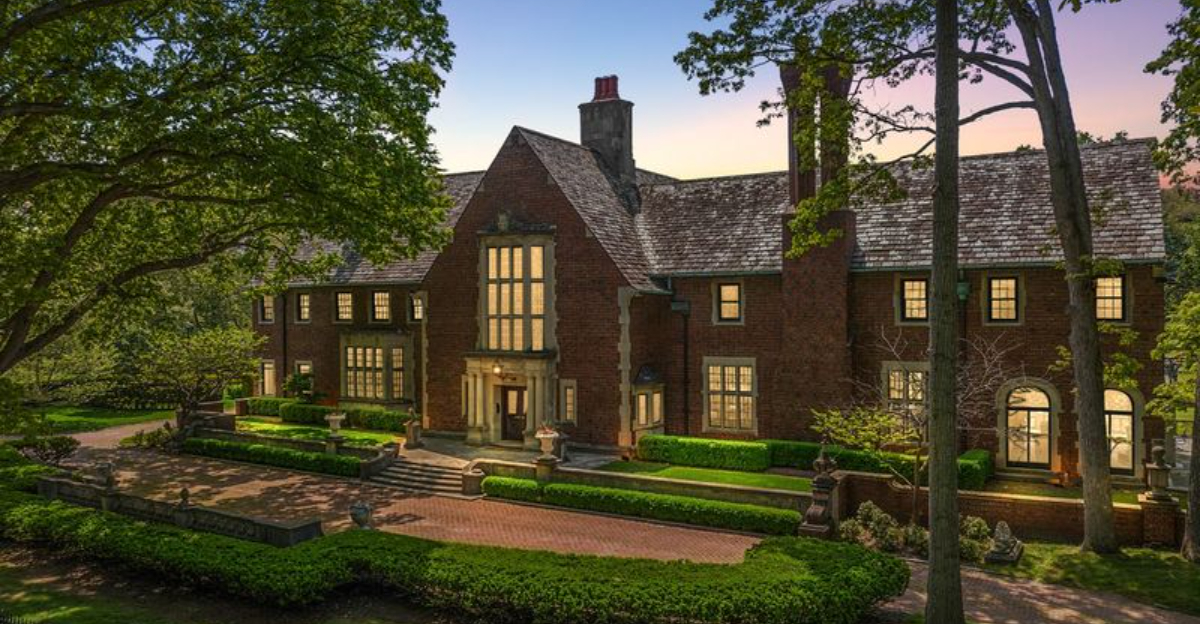
When America’s automotive pioneers weren’t building cars, they were constructing magnificent homes that showcased their wealth and vision. These grand estates combined luxury with innovation, mirroring the revolutionary spirit of their industrialist owners.
The mansions of these auto tycoons became symbols of American success and prosperity during the early 20th century, offering us a glimpse into the private lives of those who put the nation on wheels.
1. Fair Lane Estate

Nestled along the Rouge River, this limestone masterpiece served as the sanctuary where Henry Ford retreated from his bustling factories. Completed in 1915, the estate boasted its own hydroelectric powerhouse and self-sufficient farm.
The 31,000-square-foot residence combined English manor styling with cutting-edge technology, featuring an indoor swimming pool and one of America’s first home intercoms.
2. Edsel And Eleanor Ford House
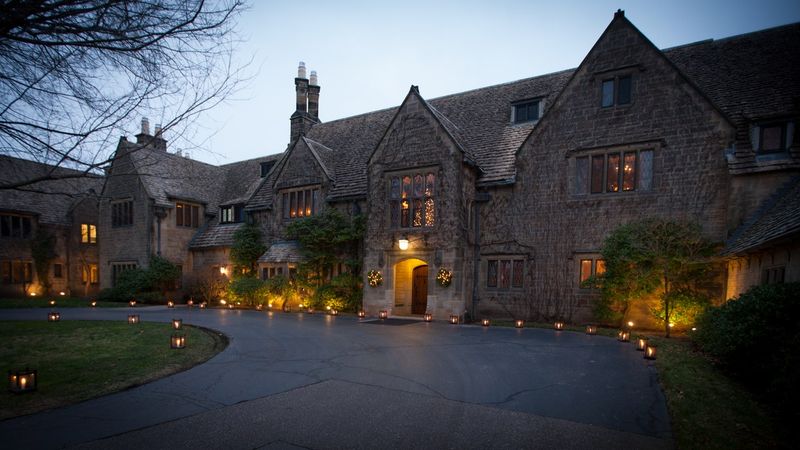
Architectural genius Albert Kahn designed this Cotswold-style manor in 1926, creating a refined retreat for Henry Ford’s only son. Elegant gardens planned by renowned landscape architect Jens Jensen complement the 60-room mansion’s natural surroundings.
Unlike many ostentatious estates, the home feels remarkably livable despite its grandeur, reflecting Eleanor’s desire for a comfortable family environment rather than a showplace.
3. Meadow Brook Hall
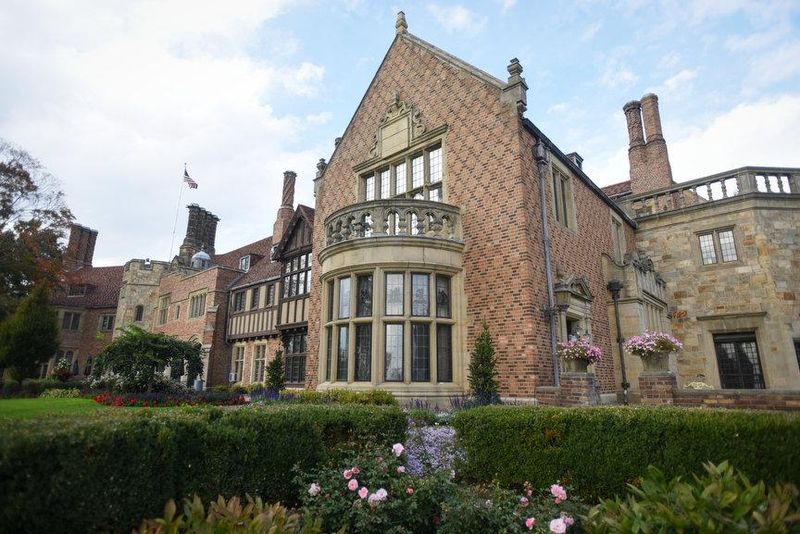
Rising magnificently from rolling Michigan countryside, this Tudor-revival masterpiece spans an astonishing 110 rooms. Automotive widow Matilda Dodge Wilson poured her fortune into creating this architectural marvel after inheriting millions from her first husband, John Dodge.
Secret passageways, hand-carved woodwork, and Tiffany stained glass windows showcase the unrestrained luxury that automotive wealth made possible during America’s manufacturing golden age.
4. Packard Manor
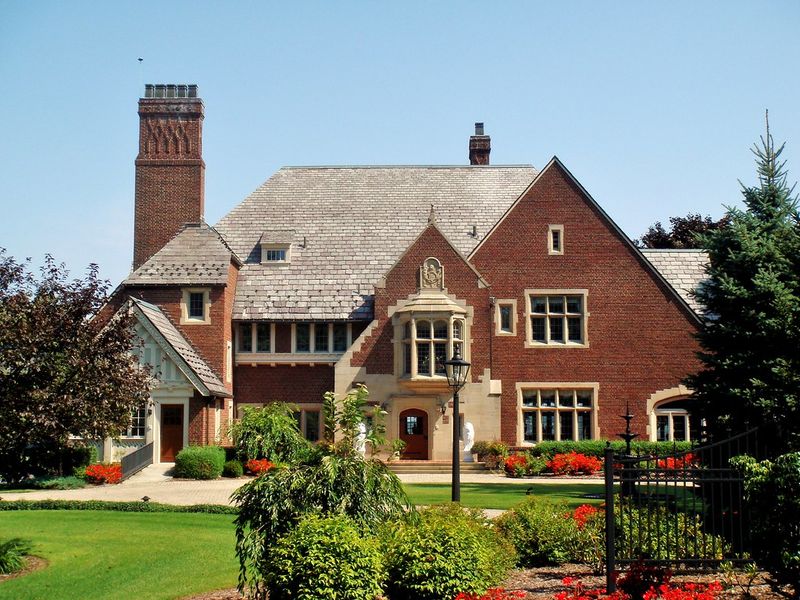
Built in 1915 by William Doud Packard, co-founder of the Packard Motor Car Company, this lakeside Tudor‑style mansion features turrets, leaded-glass windows, and scenic water views.
Though not in Detroit, Packard’s home at Chautauqua Institution reflects his prominence in automotive luxury and retains its grandeur today.
5. Packard Proving Grounds Lodge
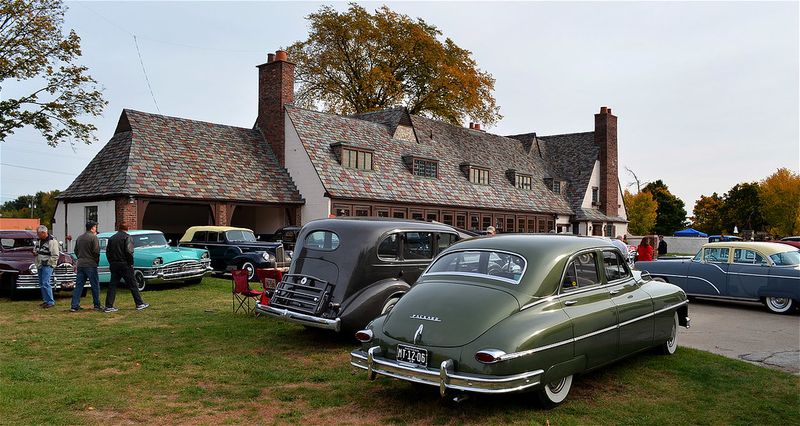
Unlike purely residential estates, this Albert Kahn creation served as both luxurious accommodation and automotive testing headquarters. The Tudor-style lodge welcomed prestigious clients while engineers put Packard’s luxury automobiles through rigorous testing on the adjacent track.
Elaborate stone fireplaces and wood-paneled rooms provided an appropriately upscale setting for entertaining the wealthy clientele who could afford Packard’s premium vehicles during America’s roaring twenties.
6. Ransom E. Olds Mansion
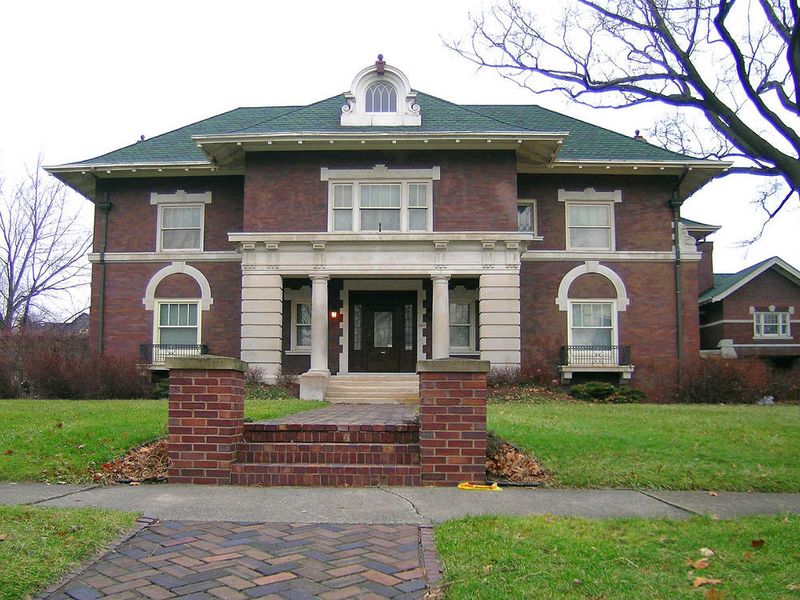
Designed in Queen Anne style by architect Darius B. Moon around 1902–1904 for Ransom E. Olds, founder of Oldsmobile and REO.
The mansion showcased ornate brickwork, turrets, wrap-around porches, and even a rotating garage turntable – an automotive nod to its owner’s innovative spirit. Though razed in 1966, numerous colorized photos and archival images remain available online.
7. Walter Chrysler Estate
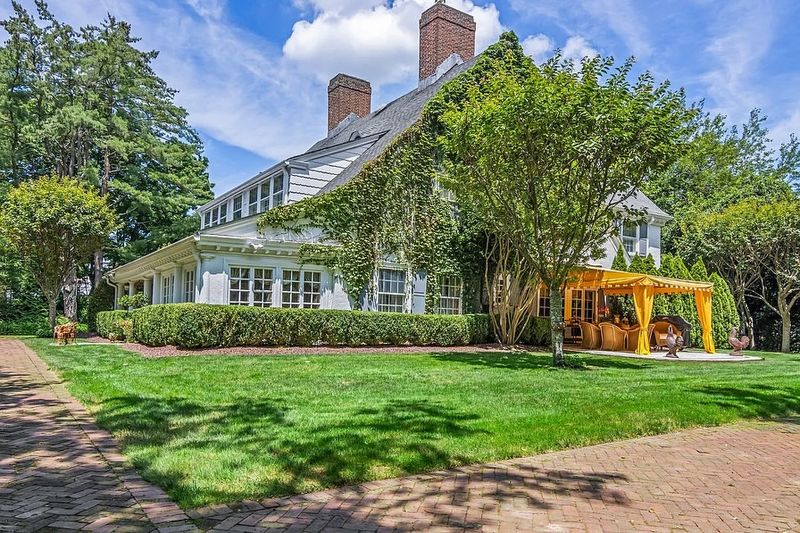
Commanding spectacular views of Long Island Sound, this magnificent Georgian-style manor reflected Walter Chrysler’s journey from railroad mechanic to automotive titan. The 1916 estate later expanded to nearly 70 rooms after Chrysler purchased it in 1923.
Lavish gardens, a private beach, and a boathouse complemented the mansion’s stately architecture. Maritime-themed details throughout the home nodded to Chrysler’s love of the water and his collection of rare yachts docked nearby.
8. William C. Durant House
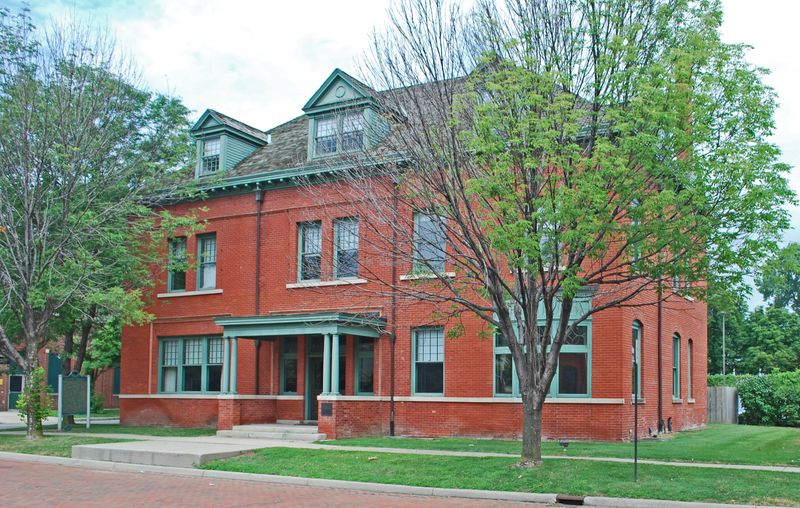
General Motors founder William Durant constructed this stately Flint residence in 1906, well before his automotive empire reached its zenith. The surprisingly modest Colonial Revival home features elegant columns, leaded glass, and fine woodwork that reflected Durant’s refined taste without excessive ostentation.
Financial fortunes would rise and fall dramatically for Durant over subsequent decades, but this handsome residence remains a testament to the early vision of the man who created America’s largest automotive conglomerate.
9. Frederick Fisher House
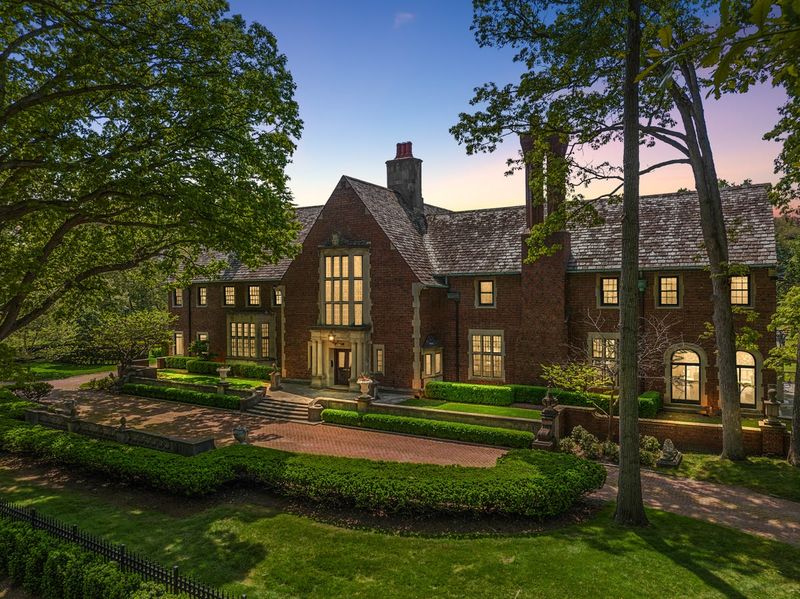
Automotive wealth transformed Detroit’s Boston-Edison district into a showcase of architectural splendor, with Frederick Fisher’s 1917 mansion standing among its finest examples. The Fisher Body executive chose Italian Renaissance styling with Pewabic tile accents that perfectly captured Detroit’s golden age.
Elaborate plasterwork, hand-carved paneling, and stained glass windows demonstrate the craftsmanship that automotive fortunes could command. The mansion’s third-floor ballroom hosted legendary parties for Detroit’s elite automotive circle.
10. Charles Stewart Mott Estate
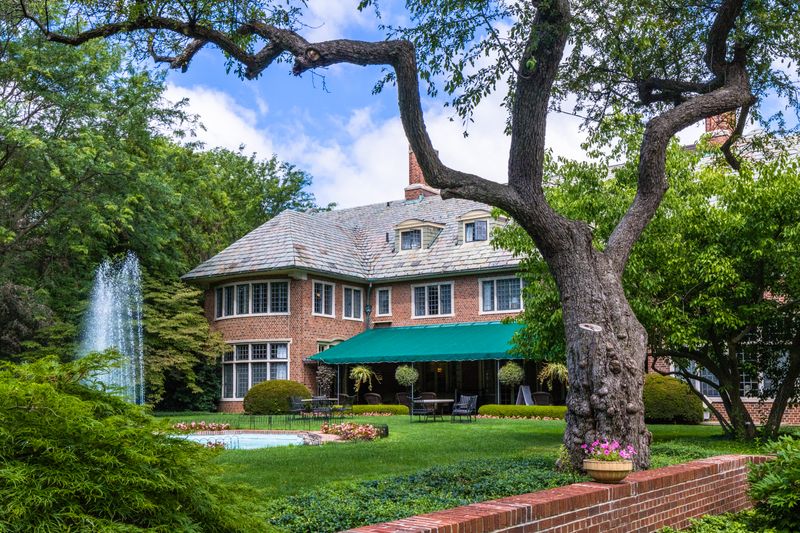
Sprawling across 30 acres, this Tudor-revival compound grew alongside its owner’s rising influence at General Motors. Mott’s estate featured magnificent gardens, a working farm, and recreational facilities befitting an automotive executive who valued both productivity and leisure.
Beyond merely showcasing wealth, the estate served as Mott’s laboratory for community improvement ideas. His experiments in agriculture and education on the grounds later inspired his transformative philanthropy throughout Flint.
11. Albert Kahn House
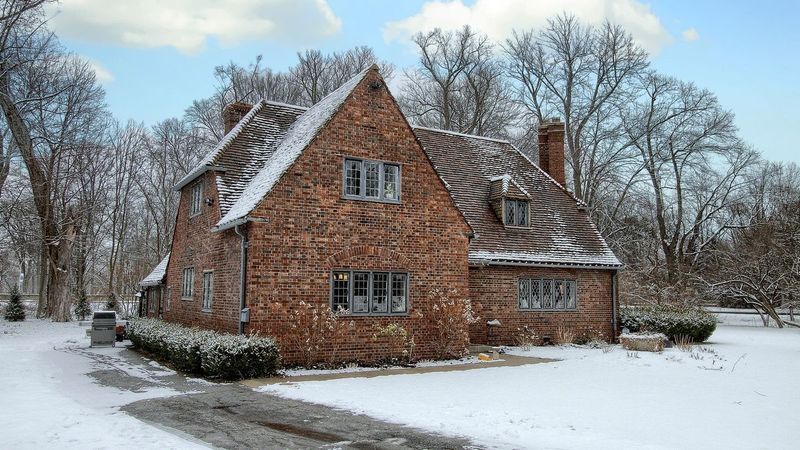
Though not an auto executive himself, Kahn designed most of Detroit’s iconic factories and many tycoons’ homes, earning his place in automotive history. His personal residence showcased his architectural versatility through an elegant blend of English and Italian Renaissance influences.
Completed in 1906, the relatively modest home features exquisite interior woodwork and a stunning central staircase. Kahn’s residence served as his laboratory for design ideas later implemented in the mansions he created for Ford, Fisher, and other automotive elites.
12. Horace And John Dodge Estate
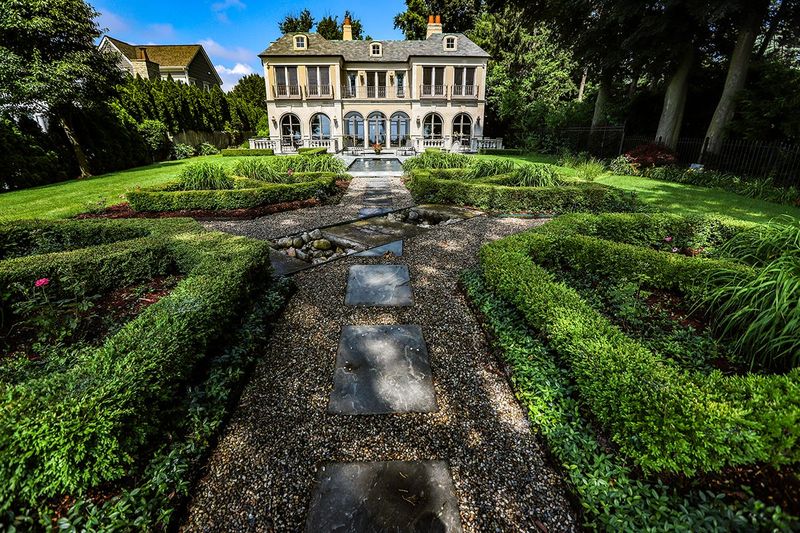
Automotive wealth materialized as lakefront grandeur at Rose Terrace, where the Dodge brothers established neighboring mansions overlooking Lake St. Clair. These Beaux-Arts palaces featured marble imported from the same Italian quarry that supplied Michelangelo.
Tragically, both brothers died in 1920, shortly after completing their dream homes. Though later demolished, these magnificent residences represented the pinnacle of first-generation automotive wealth and the brothers’ remarkable journey from bicycle shop owners to industry titans.

